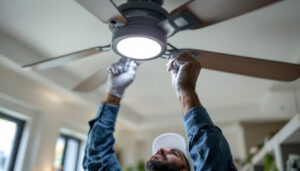
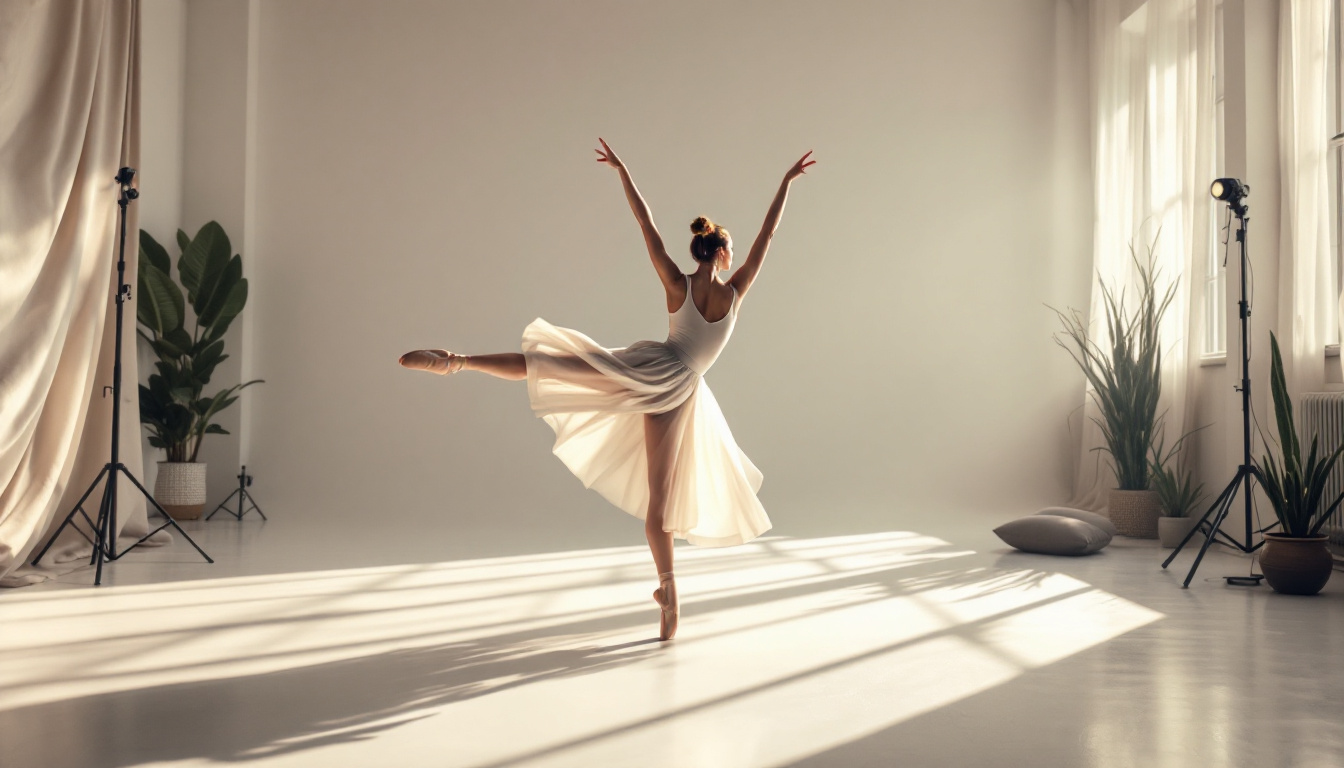
When it comes to creating the perfect environment for ballet studios, lighting plays a crucial role. The right lighting not only enhances the aesthetic appeal of the space but also impacts the performance and training of dancers. For lighting contractors, understanding the unique challenges associated with ballet studio lighting, especially when utilizing a white background, is essential. This article aims to explore these challenges and provide effective strategies for overcoming them.
Lighting in ballet studios serves multiple purposes. It helps to highlight the dancers’ movements, creates an inviting atmosphere, and ensures that the studio is functional for both practice and performances. A well-lit environment can significantly enhance the overall experience for both dancers and instructors. The right lighting can also influence the mood of a session, encouraging creativity and focus among the dancers. When the lighting is thoughtfully designed, it can transform a simple rehearsal into an inspiring and dynamic experience, allowing dancers to fully express their artistry.
Moreover, the choice of lighting can affect the perception of space. Bright, even lighting can make a studio feel more expansive, while softer, focused lighting can create intimacy for rehearsals or performances. Therefore, lighting contractors must carefully consider the type of lighting used and how it interacts with the studio’s design elements. The strategic placement of lights can also enhance the visibility of the dancers’ lines and shapes, allowing instructors to give precise feedback on technique. This attention to detail in lighting design not only supports the dancers’ physical performance but also contributes to their emotional connection to the art form.
There are several types of lighting that can be effectively used in ballet studios. Ambient lighting provides general illumination, while task lighting focuses on specific areas where detailed work is performed. Accent lighting can be employed to highlight particular features of the studio, such as mirrors or artwork. Each type of lighting plays a crucial role in creating a balanced environment that caters to the diverse needs of ballet training and performance.
LED lights are becoming increasingly popular due to their energy efficiency and versatility. They can be dimmed or adjusted to create different moods, making them ideal for various training sessions and performances. Additionally, the color temperature of the lights can be manipulated to achieve the desired effect, whether it be warm or cool tones. This adaptability allows studios to transition seamlessly from a bright, energetic atmosphere for vigorous practice to a softer, more subdued ambiance for intimate showcases. Furthermore, the longevity of LED lights reduces maintenance costs, making them a practical choice for studios that host frequent classes and events.
While the importance of lighting is clear, lighting contractors often face several challenges when designing and implementing lighting solutions in ballet studios. These challenges can range from technical issues to aesthetic considerations. The unique requirements of ballet studios necessitate a deep understanding of both the artistic and functional aspects of lighting design.
One of the primary challenges is ensuring even light distribution across the studio. Uneven lighting can create harsh shadows, which can be distracting for dancers and hinder their performance. Additionally, the reflective surfaces commonly found in ballet studios, such as mirrors and polished floors, can complicate lighting design. These surfaces can amplify light in unpredictable ways, leading to glare that can disrupt focus. To combat this, lighting contractors must employ sophisticated techniques, such as using diffusers or strategically positioning lights, to achieve a harmonious balance that enhances visibility without compromising the aesthetic quality of the space. Moreover, they must also consider the varying heights and movements of dancers, ensuring that the lighting remains effective regardless of the choreography being performed.
Technical challenges in ballet studio lighting can often be addressed through careful planning and the use of advanced technology. Understanding the specific lighting requirements of a ballet studio is the first step in overcoming these obstacles.
Modern lighting technology offers a range of solutions that can help contractors overcome common challenges. For instance, using adjustable LED fixtures allows for greater flexibility in lighting design. These fixtures can be programmed to change intensity and color temperature, adapting to different activities within the studio.
Moreover, incorporating smart lighting systems can enhance the user experience. These systems can be controlled remotely, allowing instructors to adjust the lighting without interrupting the flow of a class. This adaptability is particularly beneficial during performances, where lighting cues can be synchronized with choreography.
To achieve even light distribution, contractors should consider the placement and angle of lighting fixtures. A combination of overhead lights and wall-mounted fixtures can help eliminate shadows and provide consistent illumination throughout the studio.
Additionally, using diffusers can soften the light and reduce glare, creating a more pleasant environment for dancers. This is especially important in ballet studios, where clarity of movement is essential for training and performance.
The aesthetic aspect of lighting design is equally important in ballet studios. The lighting should not only be functional but also contribute to the overall ambiance of the space. A well-designed lighting scheme can enhance the beauty of the studio and create an inspiring environment for dancers.
Lighting can significantly influence the mood of a space. In ballet studios, it’s important to create a welcoming atmosphere that encourages creativity and focus. Soft, warm lighting can make the studio feel more inviting, while brighter, cooler lighting can energize the space during intense training sessions.
Contractors should also consider the color palette of the studio when selecting lighting. A white background can be complemented with warm-toned lights to create a harmonious balance. This consideration not only enhances the visual appeal but also contributes to the overall effectiveness of the lighting design.
Natural light can play a significant role in the overall lighting design of a ballet studio. Where possible, incorporating windows or skylights can provide a source of natural illumination that enhances the space. Natural light can help to create a dynamic environment that changes throughout the day, providing a unique experience for dancers.
However, it is essential to manage natural light effectively to prevent glare and uneven lighting. Using sheer curtains or blinds can help diffuse sunlight while still allowing it to enter the studio. This approach can create a balanced lighting scheme that combines both natural and artificial light sources.
Safety is a paramount concern in any studio environment, and lighting design is no exception. The lighting must not only enhance the aesthetic appeal but also ensure the safety of dancers during practice and performances.
One of the primary safety considerations is ensuring adequate visibility throughout the studio. Poorly lit areas can lead to accidents and injuries, particularly during intense training sessions. Lighting contractors should conduct a thorough assessment of the space to identify any dark spots and address them with appropriate lighting solutions.
In addition to general illumination, it is important to ensure that emergency exits and pathways are well-lit. This not only enhances safety but also complies with legal requirements for studio spaces. Incorporating emergency lighting systems can provide peace of mind for both instructors and dancers.
Another practical consideration is the durability and maintenance of lighting fixtures. Ballet studios often experience high levels of activity, which can lead to wear and tear on lighting equipment. Selecting robust fixtures that can withstand the demands of a busy studio is essential.
Additionally, ease of maintenance should be a priority. Fixtures that are difficult to access for cleaning or bulb replacement can lead to prolonged downtime and increased costs. Contractors should choose designs that allow for easy maintenance without disrupting the studio’s operations.
Effective communication and collaboration with studio owners and instructors are vital for successful lighting design. Understanding their specific needs and preferences can lead to a more tailored lighting solution that meets the unique requirements of the space.
Before beginning the design process, lighting contractors should conduct a thorough needs assessment. This involves discussing the goals of the studio, the types of classes offered, and any specific lighting preferences. Gathering this information upfront can help to create a lighting plan that aligns with the studio’s vision.
Involving instructors in the process can also provide valuable insights into how lighting affects their teaching and the dancers’ performance. Their feedback can help contractors make informed decisions about fixture placement, intensity, and color temperature.
Once the lighting system is installed, providing training and ongoing support for studio staff is essential. Instructors should feel confident in adjusting the lighting to suit different activities and performances. Offering training sessions on how to use smart lighting systems or adjust fixtures can empower studio staff and enhance the overall experience for dancers.
Lighting in ballet studios is a multifaceted challenge that requires careful consideration and expertise. For lighting contractors, understanding the unique requirements of these spaces is crucial for overcoming technical and aesthetic challenges. By utilizing advanced technology, designing for even light distribution, and collaborating closely with studio owners and instructors, contractors can create effective and beautiful lighting solutions.
Ultimately, the goal is to enhance the experience for dancers while ensuring safety and functionality. With the right approach, lighting contractors can transform ballet studios into inspiring environments that foster creativity and excellence in dance.
Ready to elevate your ballet studio with lighting that meets the mark for both elegance and efficiency? At LumenWholesale, we provide lighting contractors with exceptional, spec-grade lighting products at prices that shine as brightly as our bulbs. Say goodbye to local distributor markups and hello to our curated selection that promises quality and performance. With free shipping on bulk orders, LumenWholesale is your go-to source for lighting that transforms any studio into a haven of creativity and dance. Don’t compromise on quality or cost. Discover wholesale lighting at the best value today and make your next project a masterpiece of form and function.
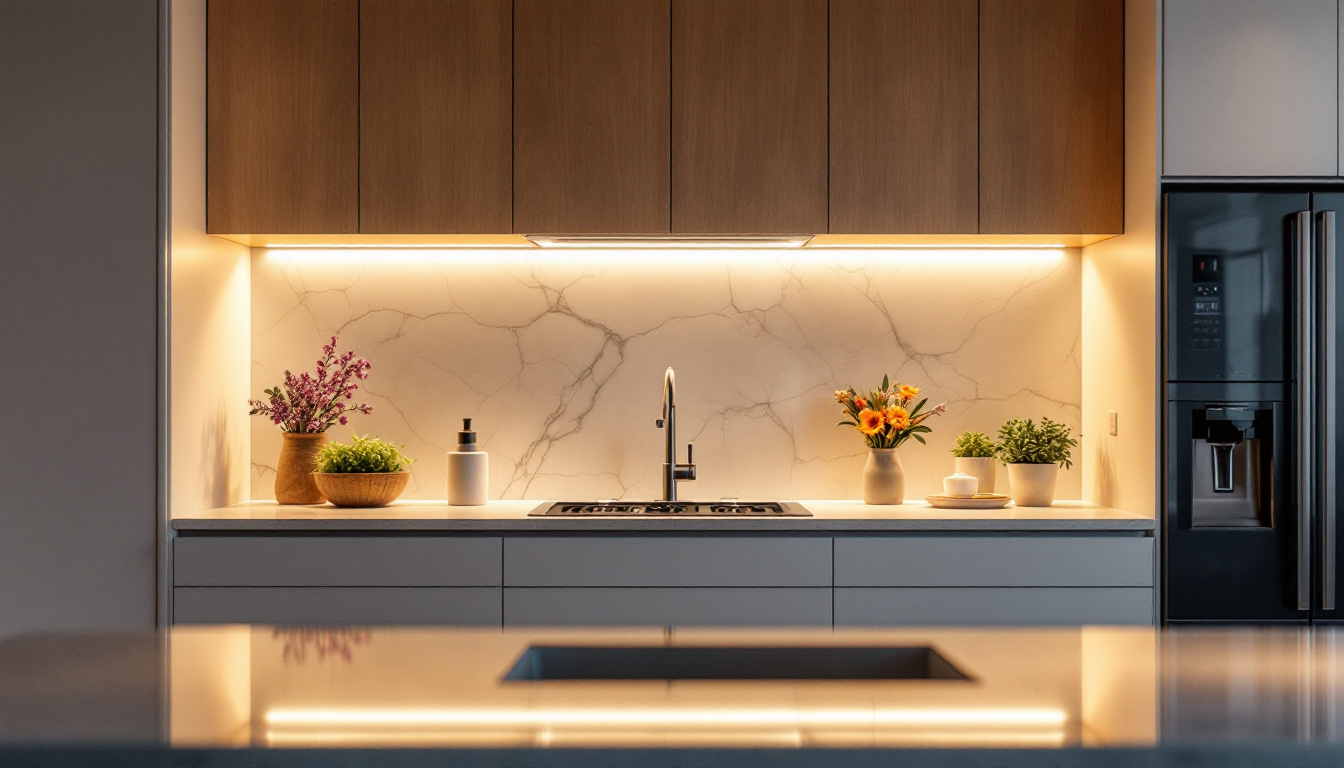
Discover the essential insights lighting contractors need to know about under cabinet lights.
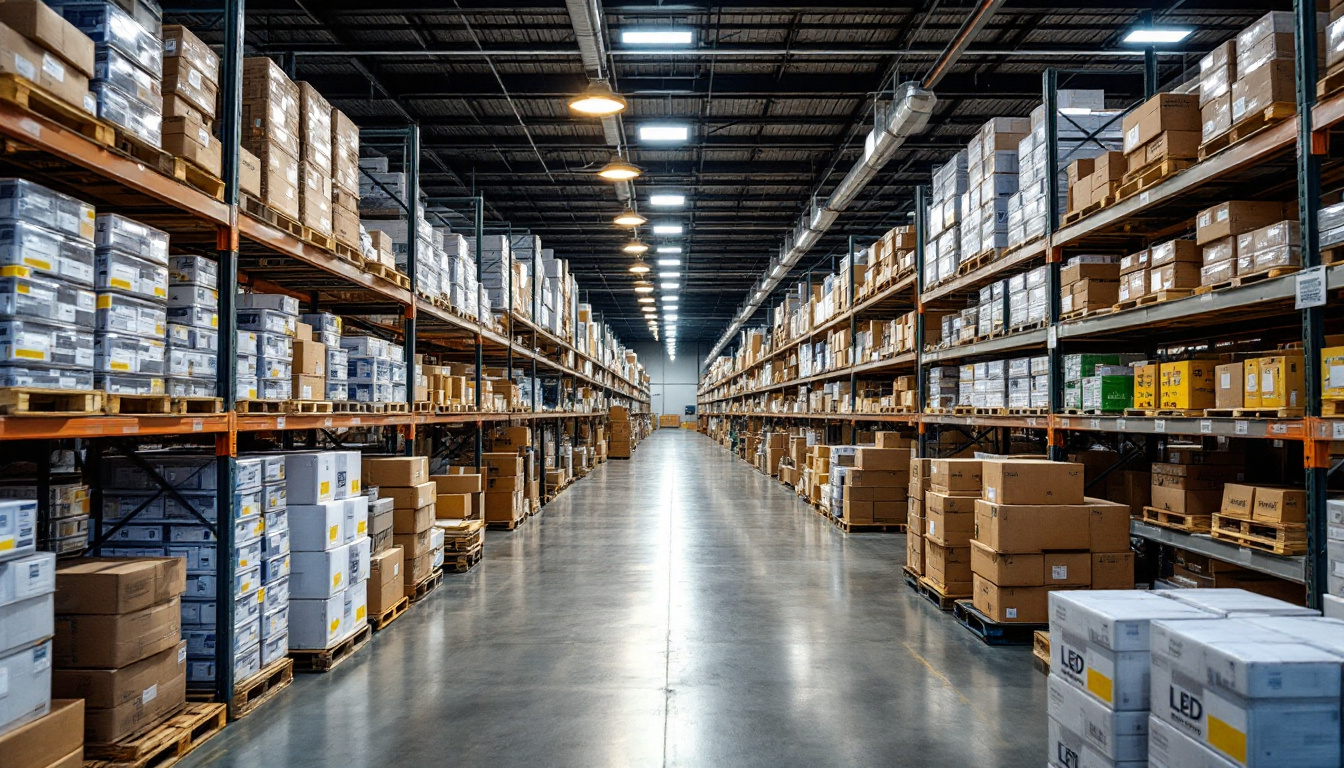
Discover why purchasing recessed lighting LED retrofit kits in bulk from local distributors might not be the best choice.
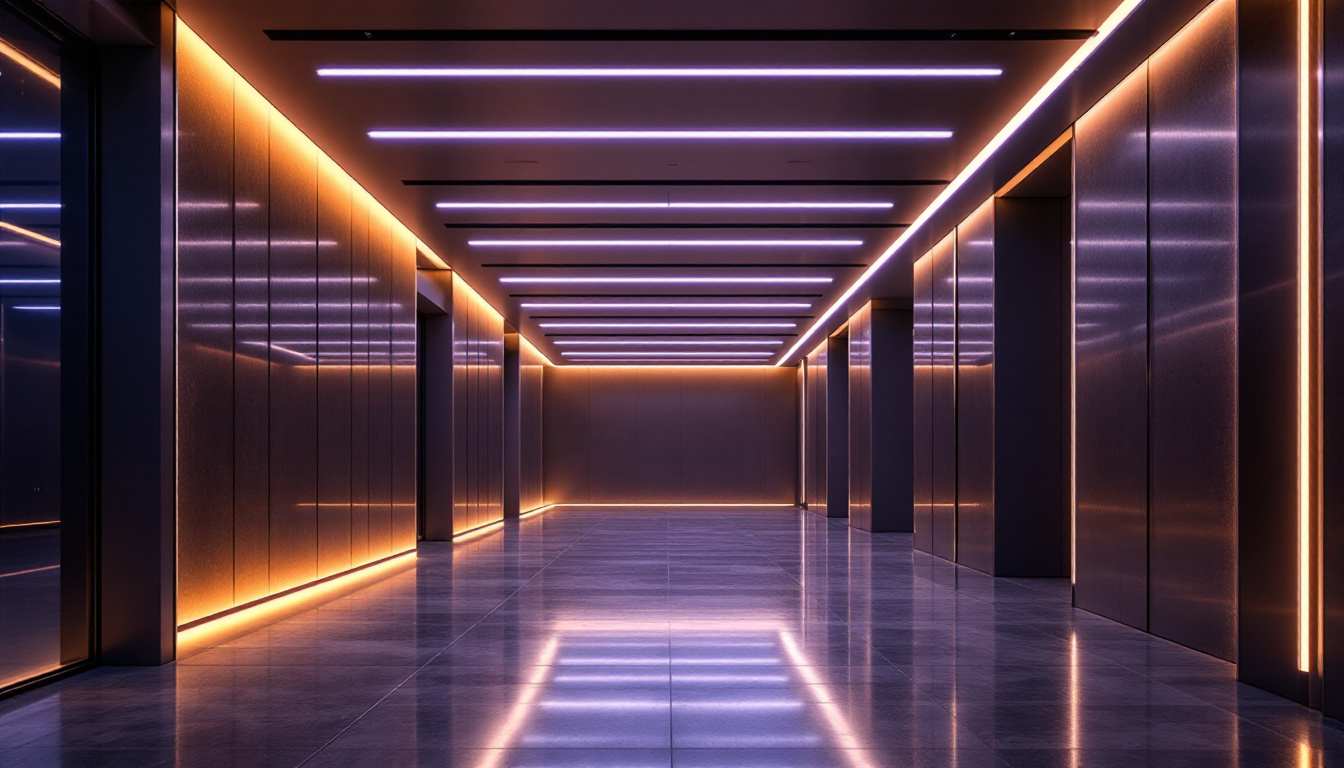
Discover the essential insights lighting contractors need to master architectural linear lights.

Discover essential insights and expert tips on outdoor lighting that every lighting contractor should know.
Get notified when NEW deals are released.
Optimize your budget with wholesale discounts.
Only top-quality, specification-grade lighting products.
No additional costs at checkout - what you see is what you pay.
We understand the unique needs of contractors.